Tags: 3D Printing

Scientists Created Self-Healing 3D-Printed Plastic That Repairs Itself Under LED Lighting

You Can Now Help Saving Crucial Coral Reefs With A Unique 3D Printer
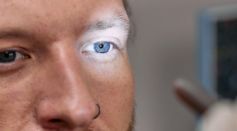
47-Year-Old British Man Gets the 3D-Printed Eye He’s Needed for More Than Two Decades, First in the World
'Nanocolloidal' Hydrogel Ink Potential for Anti-Counterfeiting Protection; Study Describes Results as Safe, Eco-friendly and Useful for Food Industry
Rocket Engine Construction Using Rapid Unscheduled Disassembly, 3D-Printing Technology Will Fuel Space Race in Private Sector
DNA-Based Microfluidic Chip Programmed to Provide Math Solutions and Help With Global Warming
3D Printing Allows Astronomers to Hold Stellar Nurseries in Their Hands to Observe the Stars
From Exploration to 3D Printing Colonies: NASA Wants 3D Printing Simulation Included in ISS Cargo for Materials

3D Printed Device Set to Alleviate Bacteria That Causes Middle Ear Infection
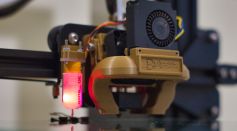
3D Printed Stem Cells Could Revolutionize Neuroscience, Aid Treatment and Understanding of Neural Diseases
3D Printing Can Now Create Precise and Complex Microlenses
3D Printed Nose Cartilage: Is It a Safer, Easier Alternative for Skin Cancer Patients?

Lobster Underbellies Inspired MIT Engineers to Make Better Hydrogel for Artificial Tendons
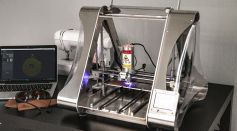
3D Printed Human Organs: One Step Closer to Reality as Researchers Develop 3D Printable Bioink
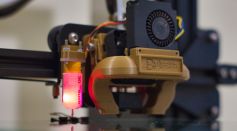
Stereolithography: 3D Printed Human Organs and Tissue Now Possible With Revolutionary Method
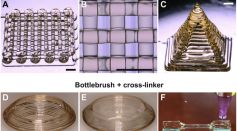
Researchers 3D-Printed Super Elastic Elastomers That Resembles Human Tissue
[LOOK] The World's Smallest 3D Printed Star Trek Spaceship and Boat
Scientists 3D Printed a Soft, Tongue-Like Surface
BIQU Unveils Its Own 3D Printer - The Lightest of Its Class

Researchers Design Hearing Aid Cheaper Than a Cup of Coffee
Most Popular

Can EV Batteries Be Recycled? How Lithium Recovery Supports Sustainable Batteries

Coral Bleaching Crisis: How Ocean Warming Threatens Marine Ecosystems Worldwide

NASA Aurora Research Reveals How ESA Space Weather Teams Use Satellite Aurora Imaging and Ground Sensors

V2G Technology: How EV Energy Storage Utilizes Smart Grid and Renewable Energy Integration





